Macro Awareness for Self Protection
Intro
Many martial arts school owners stress the importance of “awareness” to their students. Often, they refer to situational or environmental awareness. One example of “environmental awareness” is the presence of broken or non-functioning lights in a parking lot. We all prefer well-lit areas. I teach this in my martial arts and self-defence classes. Awareness is an important part of our self-protection toolbox.
But what if we were to zoom out to society at large?
Let me preface this post: We have a weird economic picture for the USA and Canada. Both countries have low unemployment and have rebounded well from the pandemic. At the same time, inflation in both countries has been significant. The markets have tanked on Wall Street and Bay Street since the beginning of the year. Next, consumer confidence in Americans and Canadians is low. Lastly, despite nearly full employment, the USA has entered a recession. Weird picture. All that said, there are potential dark clouds on the horizon.
Macro Awareness
For this post, “macro-awareness” refers to awareness of the trends in society at large. I know it’s not the best definition, but it’s the best I can come up with. Observing the increased aggressive driving on the 401 running through Toronto triggered my thinking.
I have asked several friends if they have witnessed similar aggressive driving on the 401. Not only have they answered in the affirmative, but they also perceive an increase in recklessness on the 401 since the onset of the pandemic.
As a result, I wondered if there are social signals that can alert us to increased aggressiveness and crime due to the pandemic and its related consequences.
Rising Interest Rates
“Wait. Wut? What do interest rates have to do with crime?” Hang on.
According to some research, there appears to be some correlation between interest rates and crime rates. In an era of rising interest rates, this is quite fascinating. According to James Austin and Gregory R. Squires, “when interest rates go up, crime goes up. When interest rates go down, crime goes down.”
See this chart:

Fascinating eh? The authors carefully say that high-interest rates do not directly cause crime. They observe, “The key word is ‘stress’ – both on an individual and societal level.” This is exactly what I said to one of my private clients (a former police officer) a couple of weeks ago. I told him, “I believe that the more societal stress there is, the more it filters down to vulnerable individuals and leads to increased crime.” I admitted that I did not have the data to support my thesis. So, to see this quote in this article is gratifying.
The authors further state: “Criminologists have long known that when individuals find themselves in difficult circumstances they are more tempted to resort to unlawful activities than when their lives are routine and stable.”
For example, the paper points out that “suicide rates, alcoholism, divorce, domestic violence, and other forms of criminal activity are just some of the increasing social costs confronting communities with high unemployment rates and other measures of economic stress.”
I want to investigate this and see if any other research has confirmed this thesis. My gut feeling is that there is probably a fairly strong correlation between rising interest rates and crime rates. One cannot surmise a causal relationship between interest rates and crime.
Court Systems
A recent article in the Atlantic provided a fascinating glimpse into what happens to a community when the courts are closed due to the pandemic. While the article stresses that it’s difficult to prove any link between court-related delays and an increase in violence, veterans of the court system believe that to be the case.
Many suspects arrested in the shootings were defiant, suggesting that nothing would come of the charges against them because the pandemic had shut down most of the court system. Defendants were, as a result, disinclined to take a plea deal. Why plead guilty to avoid a trial when no trials were happening anyway?
A district attorney in California expressed no doubt that “court constraints had played a role in the rise in crime in Oakland, which last year saw homicides jump to 134, its highest tally since 2006. The absence or delay of consequences for many offenders created the perception of a “lawless society.” See the above article.
While this article is not definitive and lacks solid data, there seems to be some correlation between the closure of the courts and an increase in violence. Only detailed research will reveal whether there is any connection between significant delays in the justice system and increased crime rates.
In any case, awareness of the court system may be a useful signal to the rest of us. Check the court system’s status in your locale and see if there are significant delays in the justice system.
Awareness of Extreme Heat for Self Protection
One well-known correlation is that hot weather leads to more crime and murder. However, experts disagree on why this phenomenon occurs in the first place. There are competing theories for why hot weather and crime go together. One theory is that extreme heat makes us more irritable and aggressive. Imagine trying to sleep during periods of extreme heat. Add the absence of an air conditioner. Indeed, it is rare to find an air-conditioned house in the UK. Imagine trying to sleep through the hellish extreme heat that the Brits endured.
In any case, I won’t get further into the weeds about why heat increases crime. It is just enough for this post to know that hot weather does correlate with increased crime. Further, it is fair to assume that we will have more hot days in the future and that crime will increase. It will be interesting to see how climate change affects crime rates in future summers.
From a self-protection perspective, awareness of extreme weather forecasts is wise.
Polycrisis
I first encountered this term in one of Adam Tooze’s substack posts. Let’s keep in mind that we are looking at stress in society. The more societal stress there is, the more likely crime will increase.
Polycrisis refers to multiple potential events that may occur at the same time. These events may or may not substantially increase stress on a societal level. The COVID-19 variants, inflation, interest rate hikes, increased energy prices, the Ukraine war, climate change, and a potential crash in China. It’s hard to say how these events will turn out and how much they will increase societal stress here and worldwide.
For example, check out this chart regarding incomes and housing prices in Canada.

How wild is that?
There has been speculation but no solid data that Chinese money from Hong Kong and mainland China has driven the housing market in Canada, particularly in Vancouver and Toronto. Imagine the stress of buying into the housing market.
One potential scenario is that China’s economy will crash sometime this year, increasing capital flight to Canada. What will that do to the housing market and rental rates? Who knows? Further, what will that do to the stress on Canadian society? Again, who knows?
Two other scenarios: (1) China attempts to invade Taiwan, and (2) Russia completely cuts off natural gas to Europe for the remainder of the year. How do both potential events affect the international order? To what extent will this increase economic anxiety in the USA and Canada? We don’t know.
In summary, while I think it’s entirely appropriate to teach environmental and situational awareness, I think it would behoove us to zoom out and practice macro awareness for self protection. This does not mean an overly suspicious mind, just general awareness of the zeitgeist and potential societal stressors.
Last Week’s Video
If you are not able to view this video, click here.
I had fun making this video. First off, abanico corto is one of my favourite Modern Arnis techniques. Once you learn this technique, the next step is learning how to counter it. Let me tell you, figuring out counters is a ton of fun. So watch the above video and try the two counters that I demonstrated. Let me know what you think!
Additional Reading
- Modern Arnis-What it is and it isn’t
- Friday Recommendation #2
- Self-Defense Tips for Deaf Individuals
- Self Permission
- Unveiling the Statistics: Violent Crime in Durham Region
Share this post:
- Click to share on Twitter (Opens in new window)
- Click to share on Facebook (Opens in new window)
- Click to share on LinkedIn (Opens in new window)
- Click to share on WhatsApp (Opens in new window)
- Click to share on Nextdoor (Opens in new window)
- Click to share on Pinterest (Opens in new window)
- Click to email a link to a friend (Opens in new window)
Brian Johns
Related Posts
4 Comments
Leave a Reply Cancel reply
Categories
- Arnis/Kali/Eskrima (113)
- Book Review (8)
- DVD Reviews (3)
- Guest Post (4)
- Inspiration (24)
- Martial Arts (99)
- My story (92)
- Safety (14)
- Tips & tricks (6)
- Uncategorized (3)
- YouTube Videos (8)
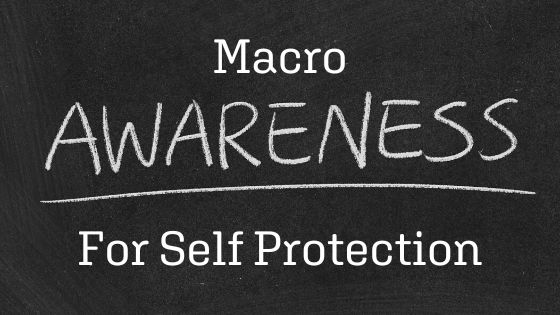
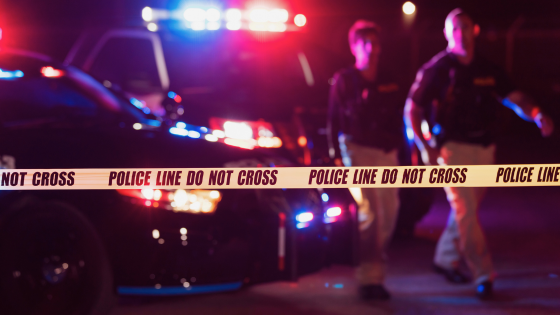
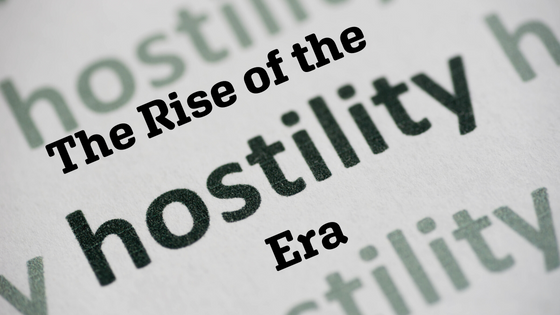
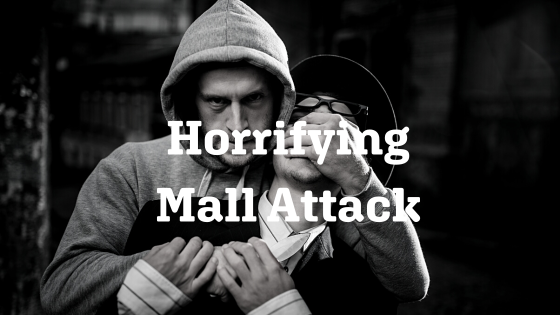
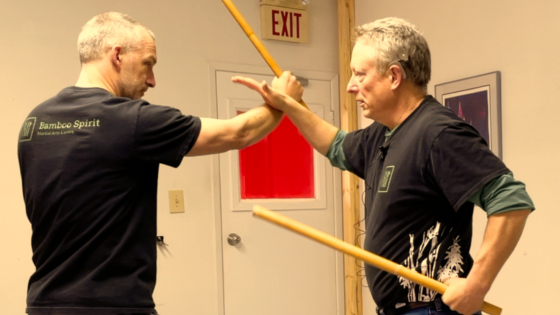

[…] gut says it’s a spillover from the pandemic. Add a sprinkle of increasing economic uncertainty, and a potentially explosive mix may emerge. I […]
[…] last thought that just popped into my head. How will rising interest rates and El Niño affect societal stress? I have a gut feeling as to what the answer might be. But, […]
[…] long argued that the self-defense community is, to a large extent, too narrowly focused on personal violence. Many of us train to defend ourselves against muggers, knife attacks and many other scenarios. Some […]
[…] be clear, I am not engaging in this exercise to be alarmist. I’m just interested in the trends and what we might see for the rest of the year. What is behind the increases in violent crimes, […]